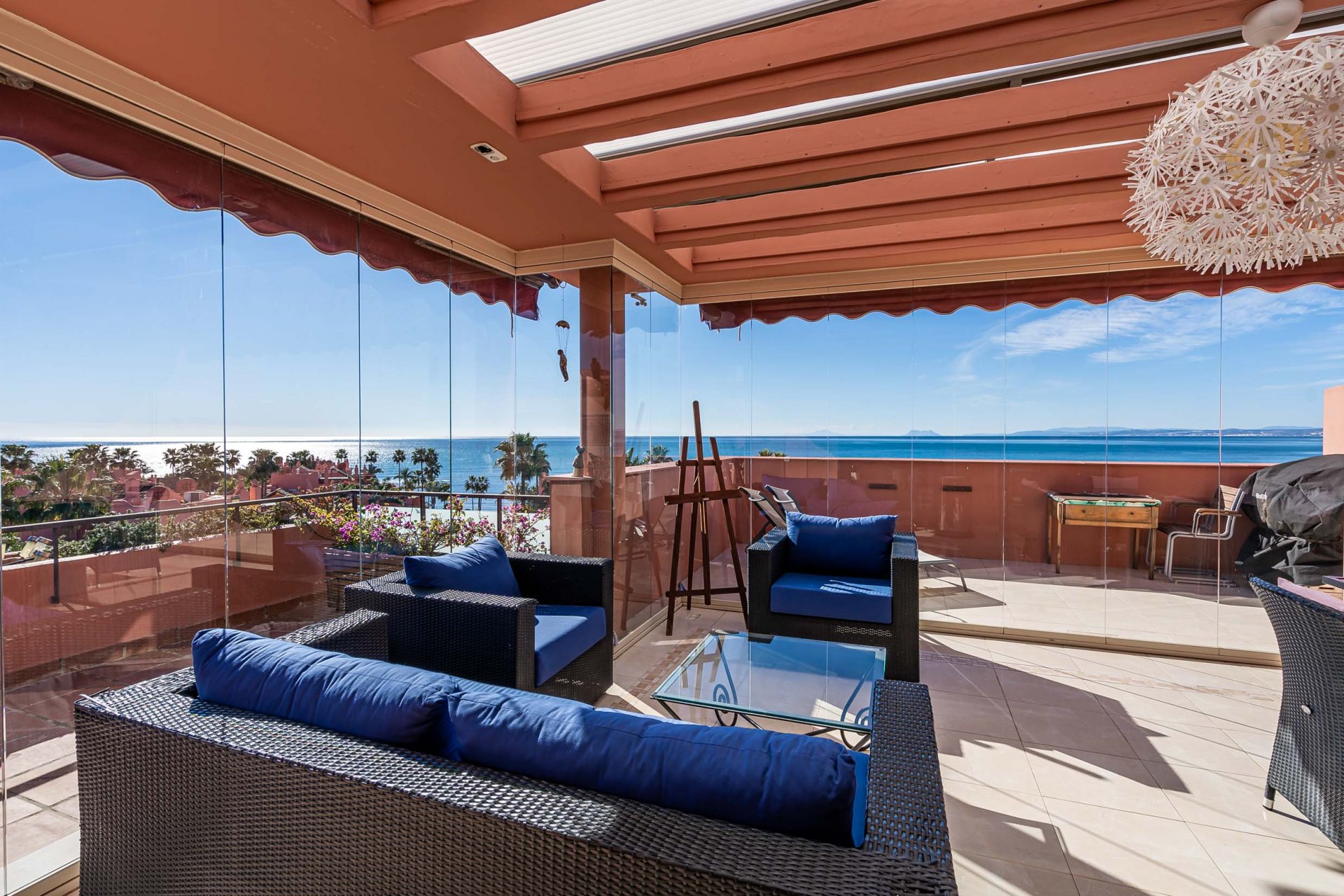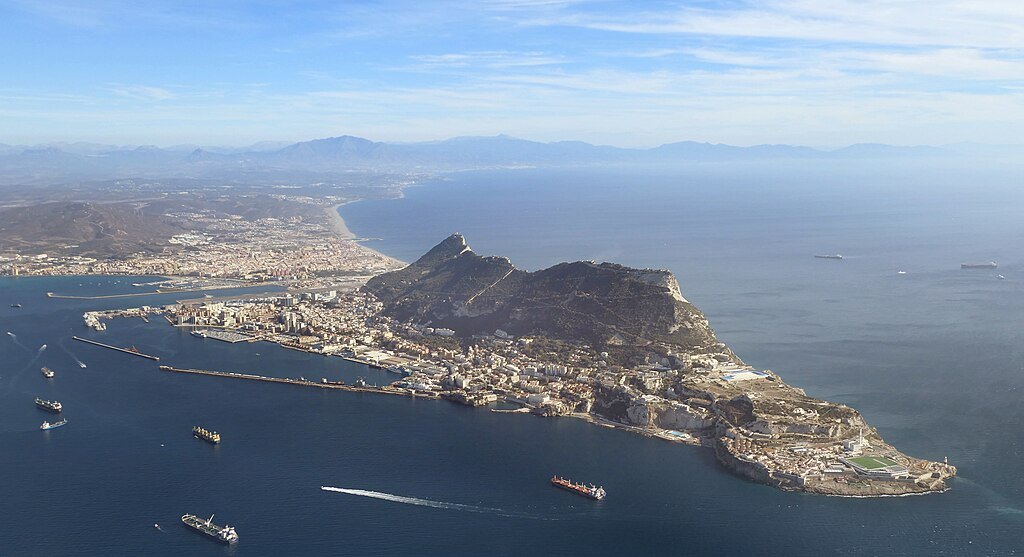Gibraltar Border Opening: A Historic Step Toward Schengen Integration in 2026
After decades of division, Gibraltar border is entering a new era of cross-border freedom. The final removal of the border fence—scheduled for January 2026—marks the beginning of Gibraltar’s integration with the Schengen Area. This transformation will enhance travel, trade, and real estate opportunities across Southern Spain and the Costa del Sol.
A Look Back: Gibraltar Border Closure and Reopening
- 1969: Spanish dictator Francisco Franco closed the Gibraltar-Spain border, cutting off land, sea, and air access.
- 1982: After 13 years of isolation, pedestrian crossing resumed in December.
- 1985: On February 5th, full border access for vehicles and goods was restored.
Now, in 2025, we mark 40 years since this milestone reopening, just as another major transition is about to begin.
What’s Happening in 2025–2026?
In June 2025, Gibraltar, the UK, Spain, and the EU reached an agreement to eliminate physical border checks and align Gibraltar with Schengen rules.
Key Changes:
- No passport checks at the land border.
- Controls move to Gibraltar’s airport and port (similar to London’s St. Pancras).
- The fence—La Verja—will be dismantled in January 2026.

Why It Matters: Business, Tourism, and Real Estate
Tourism Boost
Travel between Gibraltar and the Costa del Sol—including Estepona, Marbella, and the New Golden Mile—will be faster, easier, and more appealing to European visitors.
Cross-Border Employment
Over 15,000 workers cross the border daily. This agreement ensures smooth commutes and legal security for businesses and employees.
Real Estate Implications of the Gibraltar Border Opening
The full removal of the Gibraltar-Spain border in 2026 is expected to trigger a measurable shift in the real estate landscape of southern Spain, especially in areas within commuting distance of Gibraltar. This policy change represents more than symbolic progress—it has clear practical consequences for buyers, investors, and developers.
1. Increased Cross-Border Mobility
The elimination of physical border controls will significantly ease movement between Gibraltar and the surrounding Spanish regions, including Sotogrande, San Roque, La Línea, Alcaidesa, and even Estepona. This is likely to:
- Increase demand for homes in adjacent Spanish towns from professionals working in Gibraltar.
- Encourage permanent relocation of Gibraltar-based employees or families seeking better housing options and more space at competitive prices.
- Support mid-term and long-term rental growth in high-demand commuter zones.
2. Rising Appeal of the Campo de Gibraltar Region
Previously limited by daily border delays, Spanish towns near Gibraltar have sometimes struggled to attract full-time residents who work in Gibraltar. That limitation is now dissolving. Investors can anticipate:
- A revival in housing developments in La Línea, Alcaidesa, San Roque, and Guadiaro.
- Potential appreciation in property values due to improved livability and cross-border employment incentives.
- Greater interest from Gibraltar-based businesses looking to expand or house employees in nearby Spanish areas.
3. Boost to Second-Home Ownership and International Demand
The integration of Gibraltar into the Schengen system makes it more attractive to European citizens and non-EU investors alike. With improved travel access and no hard border, second-home ownership becomes more appealing, especially for:
- Northern Europeans who frequently visit the Costa del Sol and Gibraltar.
- Non-EU citizens interested in Spain’s Golden Visa through property investment.
- Gibraltar nationals or residents seeking more affordable or spacious housing just across the border.
4. Greater Integration with Costa del Sol Real Estate Dynamics
The border opening reinforces Gibraltar’s alignment with the broader Costa del Sol housing market. It will:
- Extend tourism flows, which may lead to increased interest in vacation properties around Gibraltar.
- Encourage larger infrastructure and development projects targeting international buyers who value access to both British and European legal frameworks.
- Create synergy between Gibraltar’s financial sector and property development in nearby Spanish cities, especially those along the western Costa del Sol.
5. Investment and Development Opportunities
As the border becomes a point of connection rather than friction, the region may attract:
- Institutional investors eyeing underdeveloped areas with long-term growth potential.
- Property developers responding to demand for modern, commuter-friendly residential housing.
- Public-private partnerships for infrastructure, logistics, or smart housing in key cross-border zones.
Schengen Integration: What It Means for Expats and Buyers
- Easier EU travel for Gibraltar residents and visitors.
- More appealing for non-EU investors and expats seeking year-round accessibility.
- Properties worth €500,000+ may qualify for Spain’s Golden Visa, granting residency rights.
Learn more about Livingstone Estates’ luxury listings.
A Message for Investors and Buyers
At Livingstone Estates, we’ve always known that proximity to Gibraltar offers long-term value. Now, with border controls disappearing and mobility increasing, this is the ideal time to invest in prime beachfront real estate near Estepona.
Contact us today:
📧 info@livingstone-estates.com
📞 +34 952 806 417
🌐 www.livingstone-estates.com
Final Thoughts
The Gibraltar border opening is not just a political shift—it’s a symbol of European unity, progress, and borderless opportunity.
Whether you're planning to relocate, invest, or simply explore, the Costa del Sol and Gibraltar are ready to welcome you into this new era of open access and international living.
Register today to our Guadalmansa Insider Newsletter and get all the latest updates & news about the Guadalmansa area in your inbox.
Image source: Wikipedia - Adam Cli, CC BY-SA 4.0 https://creativecommons.org/licenses/by-sa/4.0, via Wikimedia Commons
